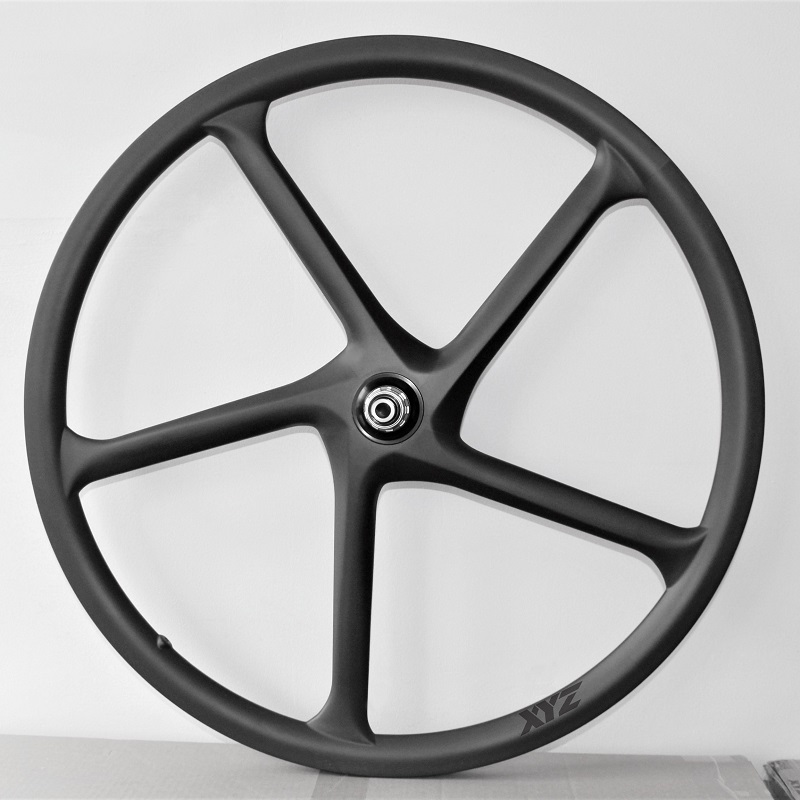Introduction
When it comes to cycling, the wheels play a critical role in determining overall performance. Road bike wheels are essential components that influence various factors such as speed, stability, and comfort. Understanding the science behind these wheels, particularly rim width and spoke count, can help cyclists make informed decisions when selecting the best wheels for their needs. Additionally, recognizing these factors can lead to enhanced performance and an overall better riding experience. Therefore, in this article, we will explore how rim width and spoke count impact performance, aerodynamics, and ride quality, while also highlighting other relevant considerations for choosing the right road bike wheels.
Rim Width: A Key Factor in Performance
Rim width is a crucial measurement that affects several aspects of a road bike’s performance. Wider rims have become increasingly popular among cyclists, and here’s why:
Aerodynamics
- How Rim Width Affects Airflow: Wider rims can create a more aerodynamic profile, reducing drag. Consequently, this benefit allows cyclists to maintain higher speeds with less effort. When considering the shape and width of your rims, think about their effect on airflow. Aerodynamic efficiency is vital for competitive cyclists, as even small improvements in wheel design can lead to significant gains in speed over time.
- Compatibility with Tires: Moreover, wider rims allow for larger tires, which can significantly improve aerodynamics as well. A well-matched tire and rim setup can enhance the overall efficiency of both the wheel and the bike, allowing for a smoother ride that conserves energy during longer pursuits. Choosing the right combination is key to maximizing your bike’s potential.
Ride Quality
- Improved Comfort: Wider rims enable the use of larger tires with lower pressures, which can absorb road vibrations more effectively. This increase in comfort can lead to longer rides without fatigue. Riders frequently report enhanced comfort during extended cycling sessions on wider tires, making them an appealing choice for recreational cyclists and long-distance riders alike.
- Better Traction: Additionally, wider tires provide a larger contact surface with the ground, leading to better grip, especially in cornering and wet conditions. This enhanced traction ensures that cyclists maintain control regardless of the terrain. For those who ride in varied conditions, understanding the grip dynamics of wider tires is essential for confidence and safety.
Weight Considerations
- Trade-offs: It is important to understand that wider rims and tires may be slightly heavier. However, the benefits in terms of aerodynamics and ride quality often outweigh the added weight, making them a popular choice among many cyclists. When weighing the choices, consider how much you value speed compared to comfort, and let that guide your selection process.
- Material Choices: Many brands focus on using lighter materials to counteract the increased weight associated with wider rims. High-quality aluminum and carbon fiber composites provide excellent strength-to-weight ratios, mitigating weight gain while enhancing performance. Keep in mind that investing in quality materials can significantly improve your cycling experience and the performance of your road bike wheels.
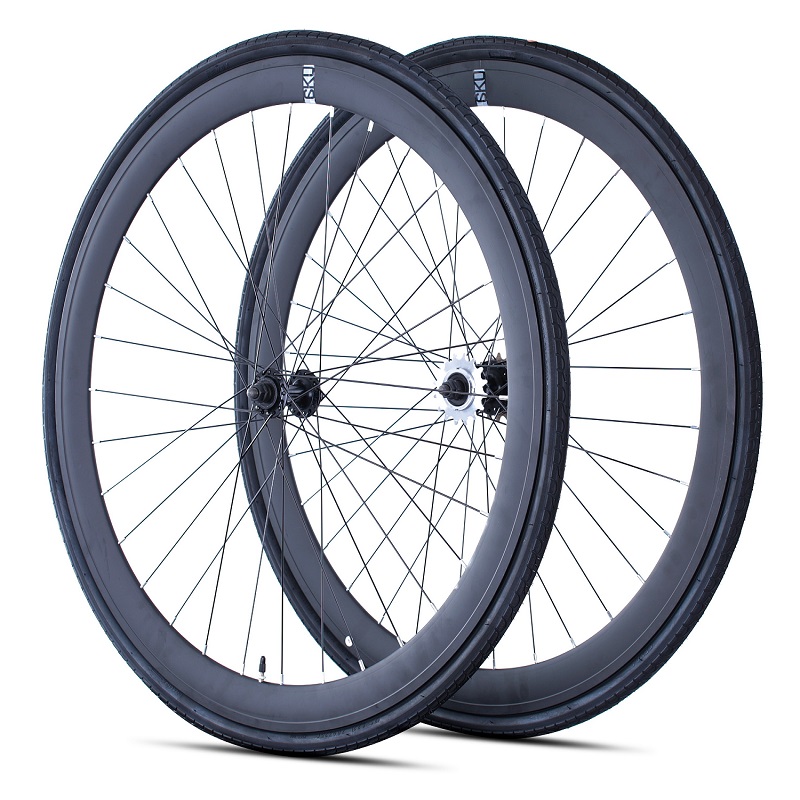
Spoke Count: Balancing Strength and Weight
Another vital aspect of road bike wheels is the spoke count, which refers to the number of spokes connecting the hub to the rim. The spoke count can influence the wheel’s weight, strength, and overall performance.
Wheel Strength
- More Spokes for Greater Strength: A wheel with a higher spoke count typically offers increased strength and durability. This extra support is beneficial for heavy cyclists or those who frequently ride on rough terrain. Having enhanced wheel strength allows for greater confidence when navigating challenging trails or uneven surfaces.
- Even Weight Distribution: Moreover, having more spokes can help distribute weight evenly across the wheel. This improved distribution enhances the wheel’s stability, making it less prone to buckling or bending. For cyclists who push their equipment to the limits, this may be a crucial consideration when selecting road bike wheels.
Weight Considerations
- Trade-offs: While more spokes can provide additional strength, they also contribute to the overall weight of the wheel. Cyclists seeking to minimize weight might opt for wheels with fewer spokes, provided they are built to withstand the rider’s demands. Balancing durability and weight is an ongoing conversation in the cycling community, and the best choice ultimately comes down to rider preference and riding style.
- Customization: Many cyclists choose wheels with varying spoke counts depending on their riding style. For racing, a lower spoke count may be more desirable, whereas touring cyclists might prefer a higher spoke count for added durability. Additionally, customization options can allow riders to tailor their wheels to their specific needs, ensuring optimal performance on their road bike wheels.
Riding Experience
- Performance vs. Comfort: Ultimately, the choice of spoke count influences the riding experience. Cyclists who frequently ride on smooth surfaces may prioritize speed and opt for lighter wheels, while those on rougher paths might choose sturdier options for comfort and reliability. Understanding your personal riding habits can help clarify which option would work best for your road bike wheels.
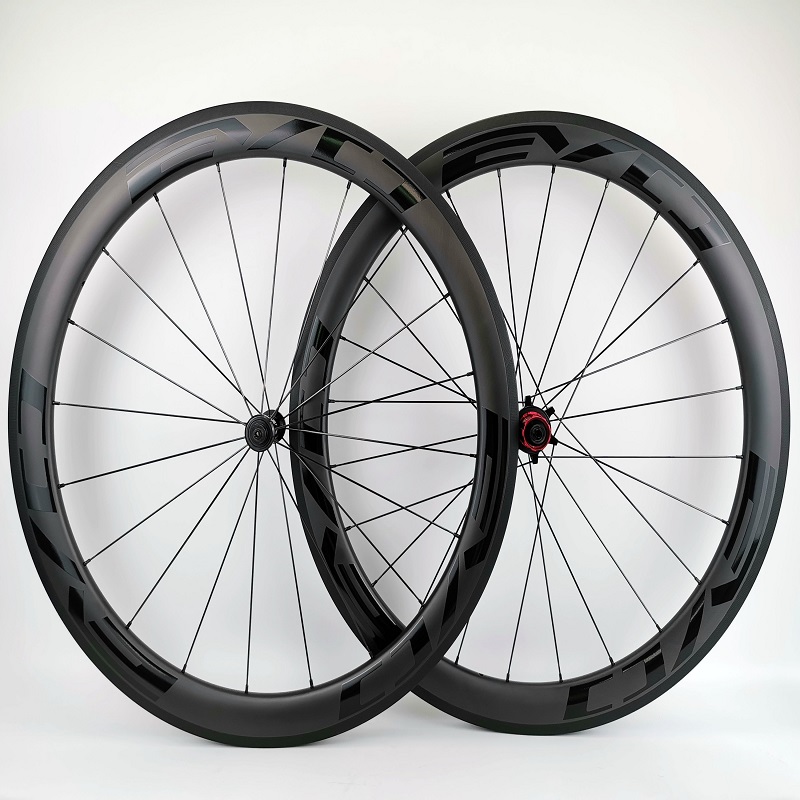
The Relationship Between Rim Width and Spoke Count
Understanding the interplay between rim width and spoke count is essential for optimizing road bike performance. A well-matched combination can lead to an overall better riding experience.
Structural Integrity
- Maximizing Strength and Performance: Wider rims often pair well with higher spoke counts, providing structural integrity while allowing for the benefits of larger tires. This compatibility offers exceptional performance qualities for cyclists who demand more from their bikes. Therefore, when selecting your wheels, consider how these two factors work together to enhance the capabilities of your road bike wheels.
Aerodynamics and Weight
- Balancing Trade-offs: Cyclists need to consider whether they prioritize aerodynamics or reduced weight. Generally, choosing wider rims might necessitate a higher spoke count to maintain strength. Thus, striking the right balance is crucial for optimal performance. Being mindful of these relationships can enhance not just speed but also the quality of your ride.
Personal Preferences
- Tailoring to Your Needs: Ultimately, the choice of rim width and spoke count should align with individual cycling goals and preferences. Factors such as ride style, terrain, and personal comfort will greatly influence decisions. Reflect on your typical riding conditions and preferences when making these choices. Road bike wheels should cater to your unique cycling style for maximum enjoyment.
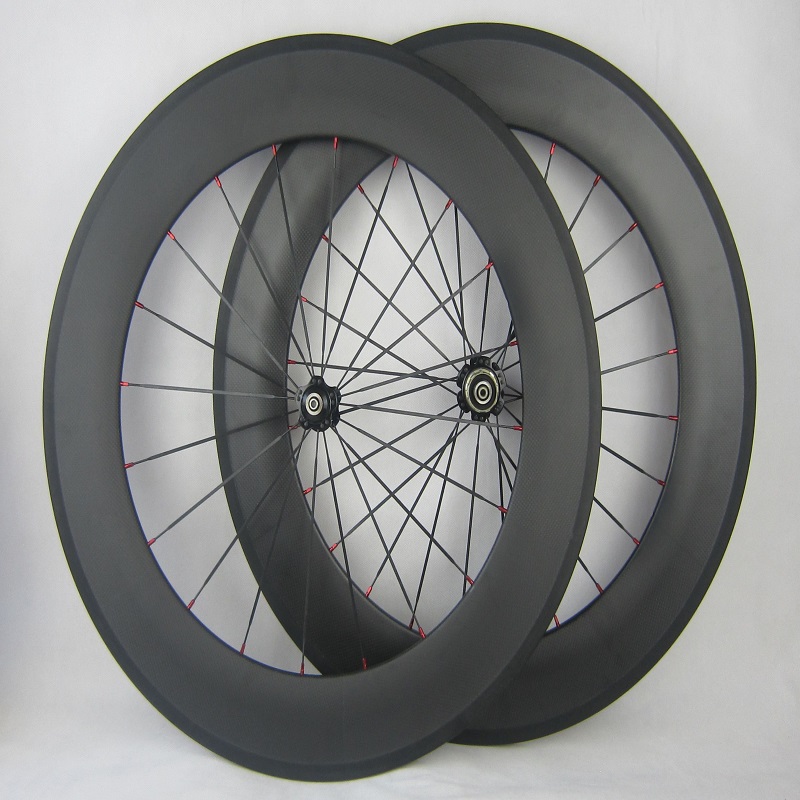
How to Choose the Right Wheels for You
Selecting the appropriate road bike wheels involves considering your specific needs as a cyclist. To make an informed choice, keep the following factors in mind:
Riding Style
- Racer vs. Tourer: Cyclists participating in competitive events may lean towards lighter wheels with fewer spokes for speed. Conversely, those who love touring might benefit more from durability and comfort offered by wider rims and higher spoke counts. It’s essential to consider your primary riding goals—whether for competition, leisure, or endurance.
Terrain
- Smooth Roads vs. Rough Trails: Evaluate the typical surfaces where you ride. Smooth road cyclists might favor performance-focused wheels that emphasize aerodynamics, while off-road enthusiasts will prioritize strength and durability in their wheel selections. Understanding the terrain you commonly encounter will guide your final choice.
Personal Comfort
- Rider Preference: Comfort is a subjective experience. Test out different combinations of rim widths and spoke counts to find what feels best for you. Your comfort level can significantly impact your overall enjoyment of the ride. If possible, try a few different setups to create a sense of what aspects resonate most with your style.
Tubeless vs. Traditional Options
- Exploring Tubeless Technology: Tubeless road bike wheels offer significant advantages, including the ability to run lower tire pressures and improved puncture resistance. Cyclists can enjoy a smoother ride with better traction by eliminating inner tubes. Additionally, this setup can reduce the overall weight of your wheels, enhancing performance.
Consult with Experts
- Gathering Insights: If you’re unsure about which wheels to choose, consulting cycling professionals or experienced cyclists can provide valuable insights. These experts can guide you towards options that suit your individual needs and help you avoid common pitfalls when selecting road bike wheels.
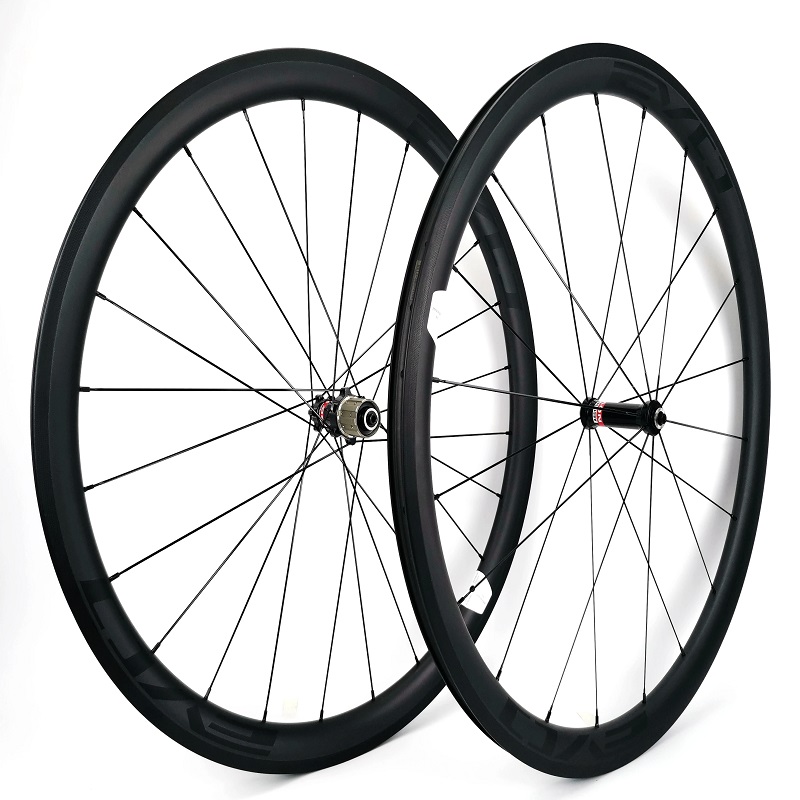
Specialized Options for Road Bike Wheels
For cyclists looking to optimize their experience, considering specialized options can be beneficial.
Lightweight Materials
- High-Quality Rims: Investing in wheels made from high-quality materials like carbon fiber can provide significant performance advantages. Carbon wheels often feature light weights and increased stiffness, translating into improved energy transfer during sprints. For competitive cyclists, this can be a game-changer when aiming for peak performance.
Performance Wheelsets
- Racing vs. Endurance: Various wheelsets perform differently depending on their intended use. Racing wheels prioritize aerodynamics and lightness, while endurance wheels are designed for comfort and reliability on long rides. Make sure to choose a wheelset that aligns with your riding discipline and cycling goals.
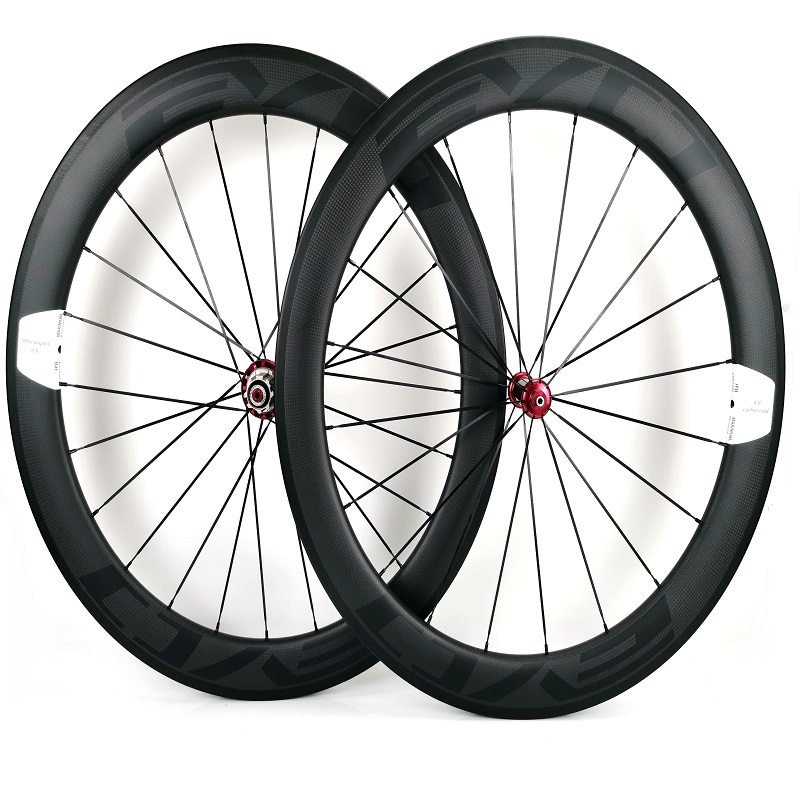
Conclusion
In conclusion, understanding the science behind road bike wheels, particularly rim width and spoke count, is essential for cyclists seeking optimal performance. Wider rims can enhance aerodynamics and ride quality, while spoke count impacts strength and weight. By considering your individual riding style, terrain, and personal comfort preferences, you can make more informed choices when selecting wheels.
Ultimately, investing time in understanding these factors ensures a more enjoyable cycling experience, allowing you to ride efficiently and comfortably. As you explore options for your next set of road bike wheels, remember that the right combination of rim width and spoke count can make all the difference in your overall performance and enjoyment on the road.
Whether you’re racing against the clock or leisurely cruising through scenic routes, understanding these elements will help you get the most out of your cycling adventures. By making informed choices about your road bike wheels, you’ll enhance not only your performance but also your overall enjoyment, leading to a more satisfying cycling experience throughout countless rides.
